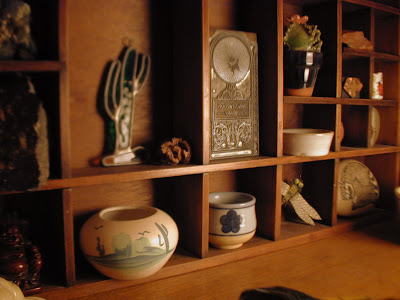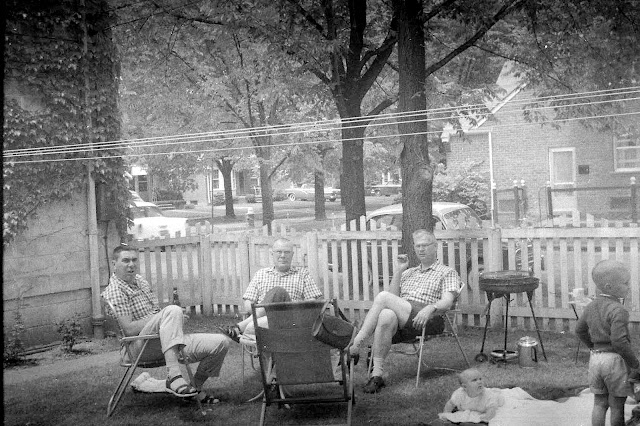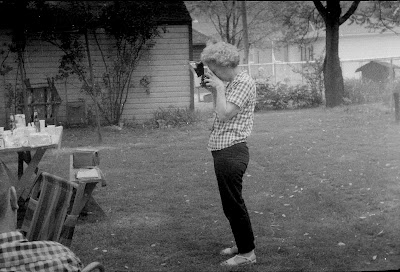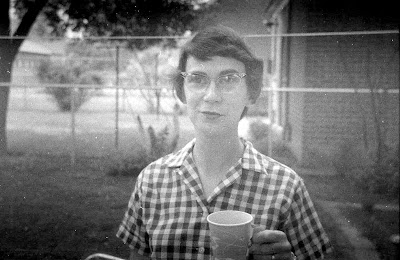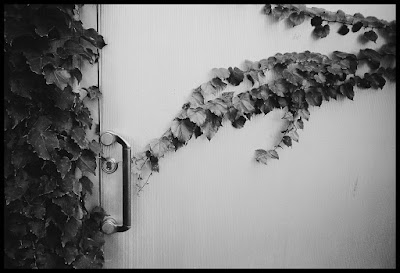2009 - Lake Superior shoreline near Marquette.
Of course, none of that matters now, as nostalgia tends to gloss over the glazed eyes. Kodachrome was a great film that did not simply fall by the wayside. It has, unlike any other film I know, become a cult phenomenon, and with the last rolls being processed today, has attained an almost mythic status. Today's article in the New York Times visits Dwayne's Photo in Parsons, KS. For those that bemoan the loss of processing because they just found a roll in the fridge or in their uncle's closet... don't complain when you are late to a party and the booze is gone.
A Pentax ME for Me.
Yesterday I was out shooting a bunch of ice and water photos along the Huron River, and afterwards stopped at Huron Camera in Dexter to pick up some processed film. I wandered over to the bargain bins and picked up a beautiful little Pentax ME SE. I already have a slightly beaten ME that is a great street camera, since it's light, sturdy, and is an aperture-priority camera. The SE version has brown leatherette (I'm not sure how else it differs), and is quite attractive. The 10 dollar sticker beckoned to me, and I ended up getting it for $5, since it was quite possible that it didn't work at all. After I got it home, I cleaned it up a bit, put in new batteries, and it sprang to life! I found that I had a spare cover for the motor drive opening in the bottom, and I'll shoot a roll of Ilford Delta 400 in it to test it out. Adrienne sewed together a new nylon strap to my specifications, and it will be a great street-shooter with it. Isn't that a pretty camera?
I was out at night shooting with Marjorie and Stephanie last week, and used my Canon 1000D and the other Pentax ME. I shot a roll of Kodak Gold 400 and Ektachrome 100S, which was cross-processed at Huron Camera. This one image, shot with a center-spot diffusion filter, is my favorite of the evening...
Best wishes for 2011 - Who knows what the new year will bring?
Edit: I found this interesting link on YouTube -- an early test of Kodachrome as a movie film, dated 1922!

